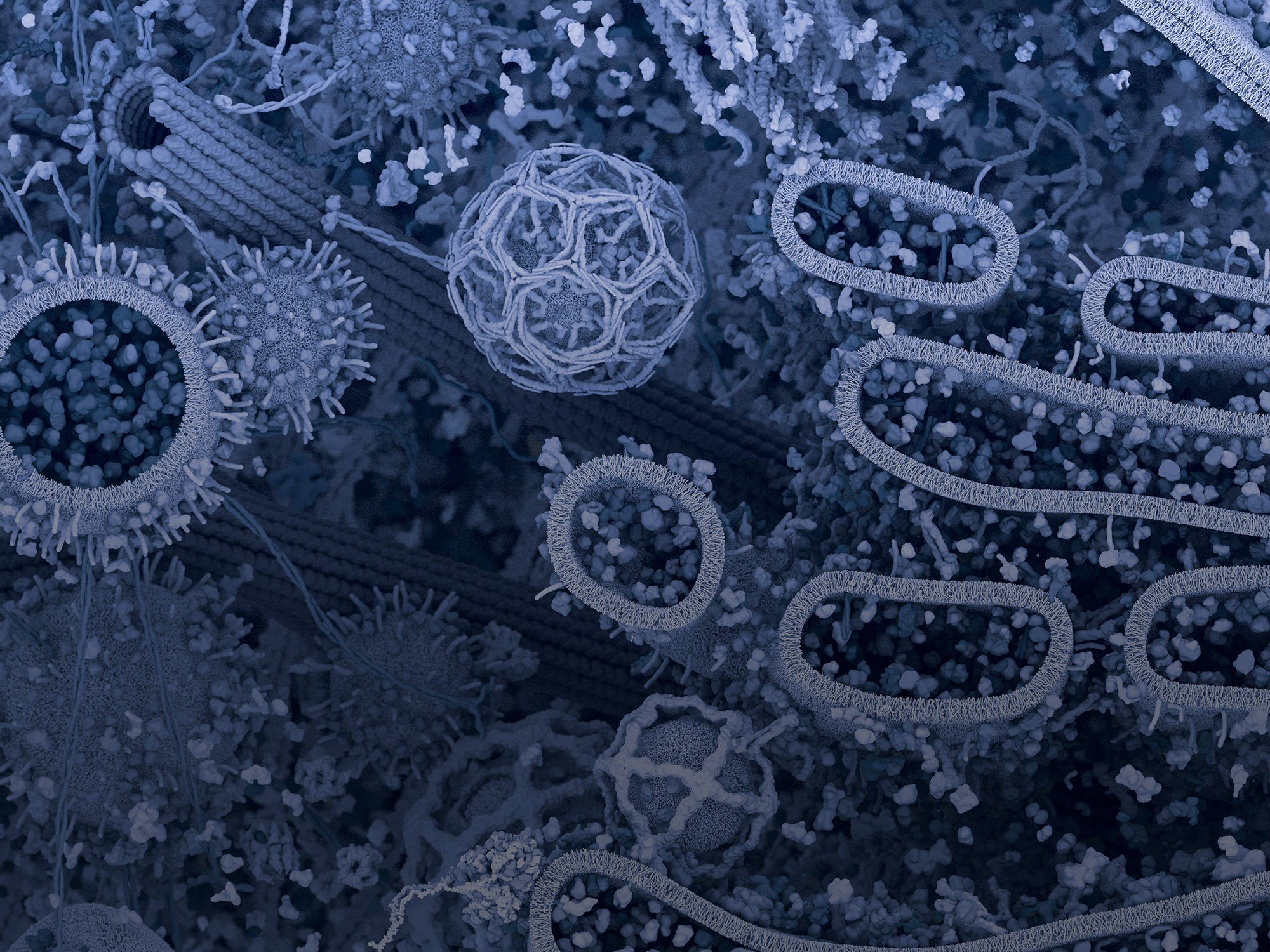Part one of this series described the importance of including proper controls to your protocols. In Part 2 we discussed how chromatin preparation affects the final outcome of the experiment. Then we spent a post considering the immunoprecipitating antibody - and now let's analyze the data.
There are several approaches available for analyzing the purified DNA that was immunoprecipitated with the protein target of interest. We will describe the two most commonly used methods below.
Real-Time PCR
The purified DNA may be analyzed using either a standard or quantitative real-time PCR method. PCR analysis of the immuno-enriched purified DNA allows the user to analyze a specific protein-gene interaction of interest under different biological conditions. These experiments require primers specific to the region(s) of interest, and thus the enrichment data is limited to the small genomic locus being amplified.
PCR results can be analyzed using the software provided with the real-time PCR machine. Alternatively, one can calculate the IP efficiency manually using the equation shown below, which expresses the signal as a percentage of the total input chromatin.

Next-Generation Sequencing (NGS)
Next generation sequencing (NGS) may be used to analyze immunoprecipitated DNA after ChIP, using a protocol termed ChIP-seq. ChIP-seq provides the user with a high resolution, genome-wide view of protein/DNA interactions that isn’t achievable using real-time PCR. For example, in the experiment below IPs were performed with antibodies to the active histone mark H3K4me3, the inactive histone mark H3K27me3, and Ezh2, a polycomb group transcription factor that deposits the H3K27me3 mark. It’s known that Ezh2 binds to the HoxA Gene cluster, but not the GAPDH gene and this is shown below by both real-time PCR and next generation sequencing. (I)
Importantly, the real-time PCR approach only allows for the examination of preselected genomic loci, while NGS allows the investigator to generate a profile of H3K4me3 and H3K27me3 marks and Ezh2 binding sites across the genome. The wealth of information obtained using this approach makes ChIP-seq a powerful technique for studying the epigenetic changes that occur during either normal development or pathological states.

Subscribe and we will notify you when the next installment is available
View our ChIP Kits & Reagents
Epigenetics & Chromatin Resources
Learn More About ChIP-seq
This is the final installment of a four-part series on how to improve your ChIP protocol. These posts are adapted from our full-length Guide to Successful Chromatin IP, which you can download by clicking on the button below.



